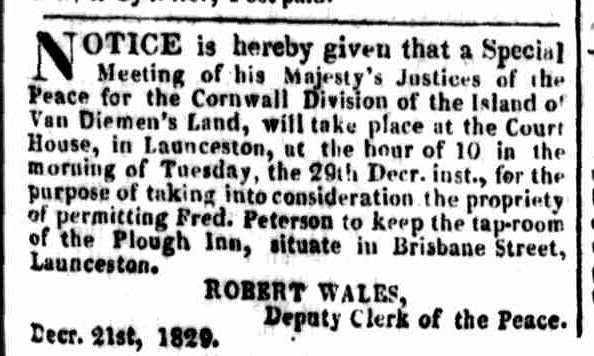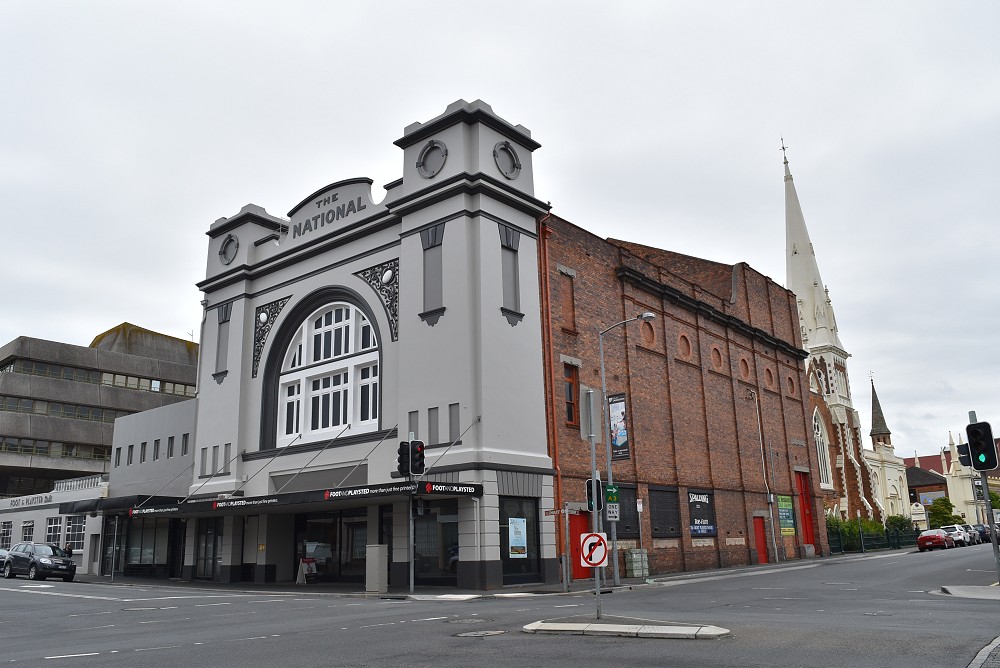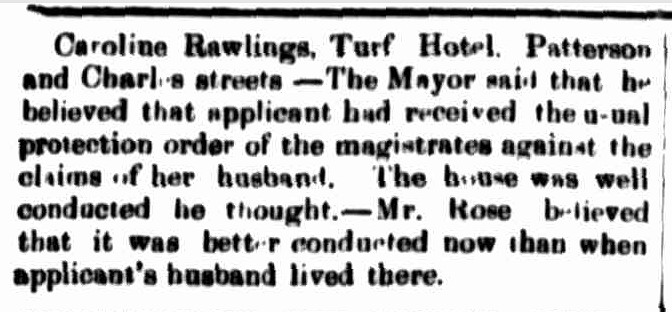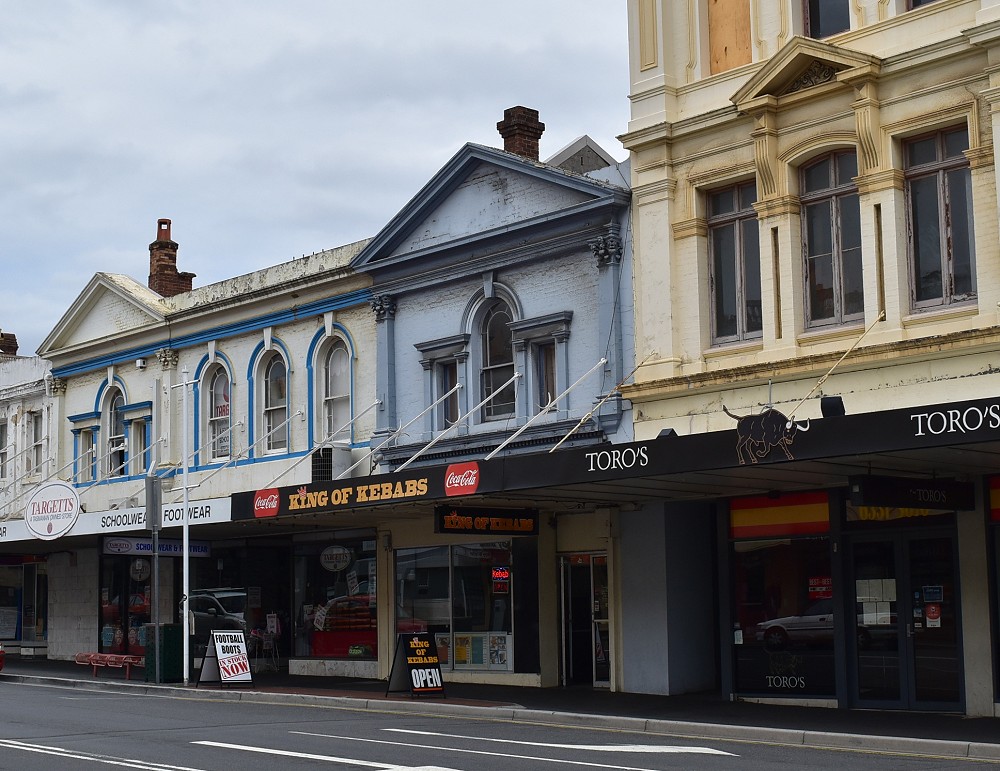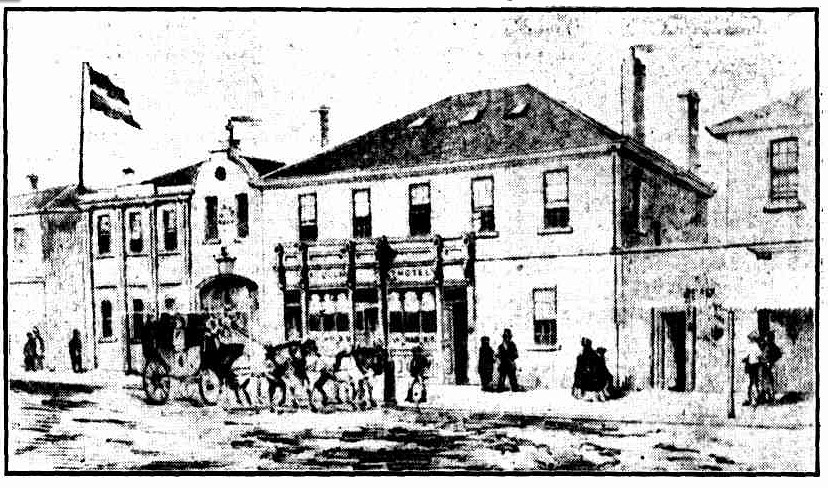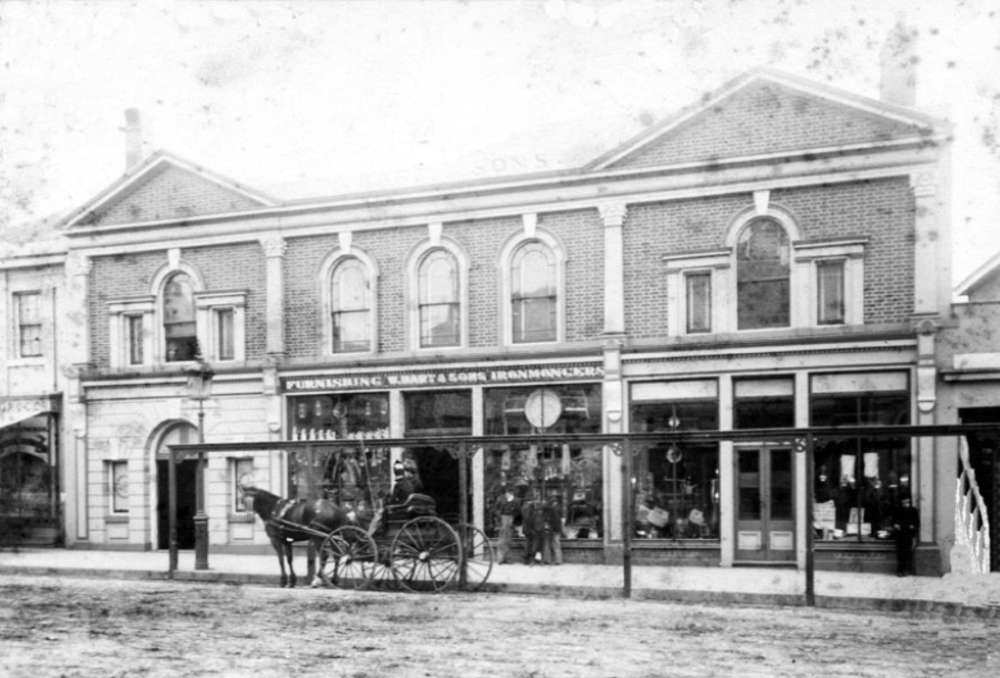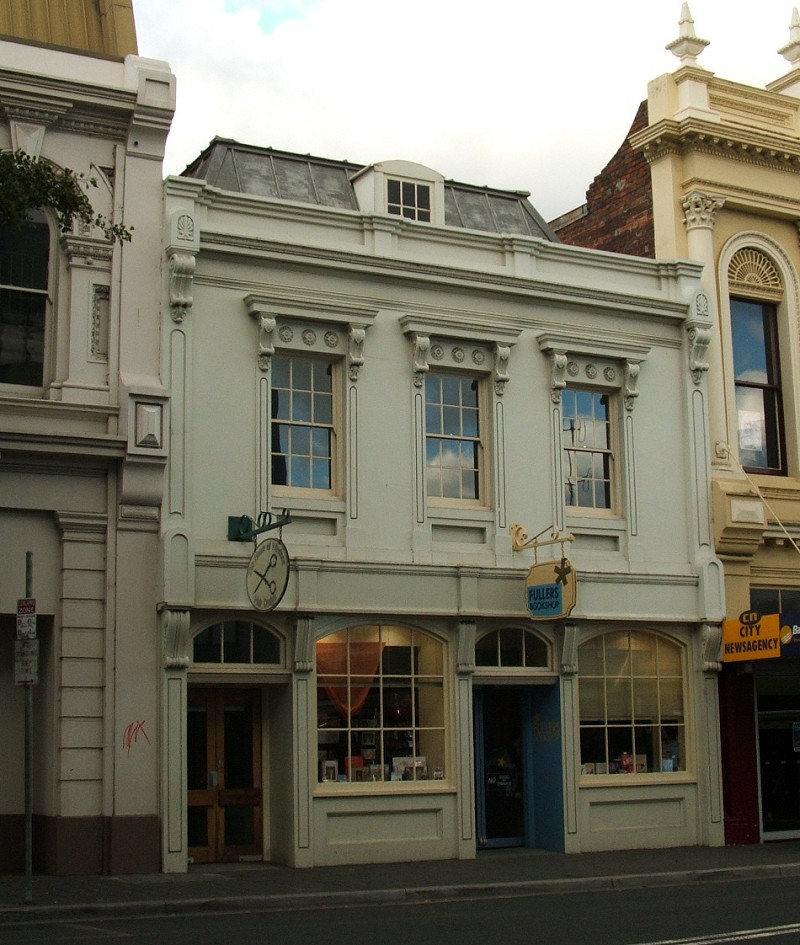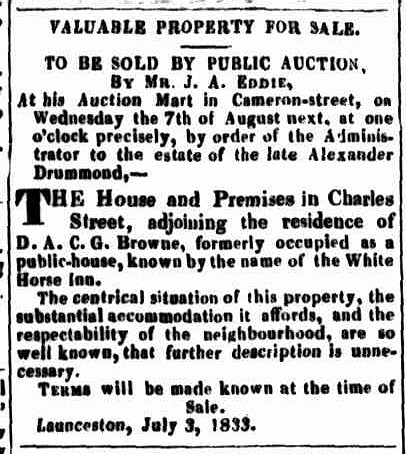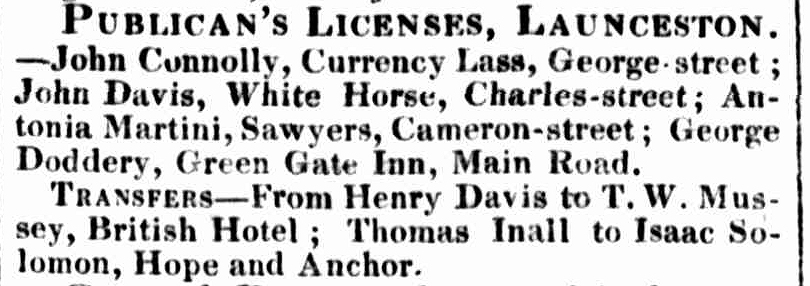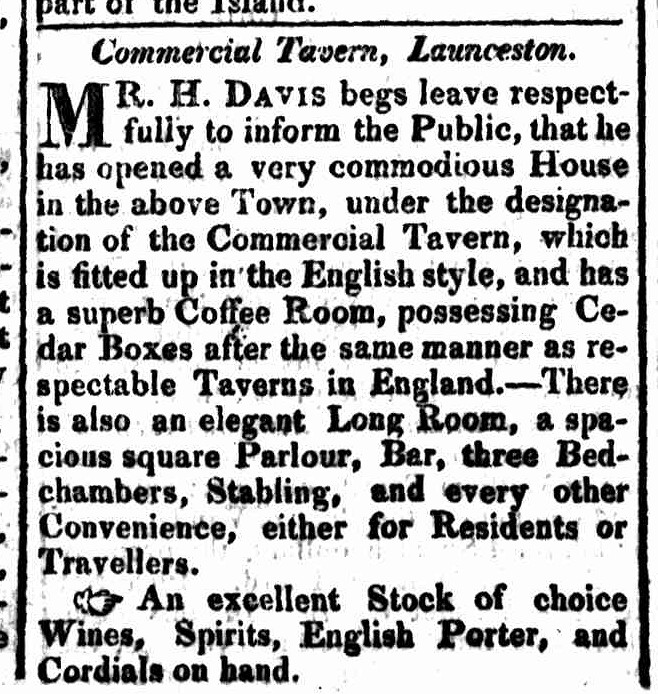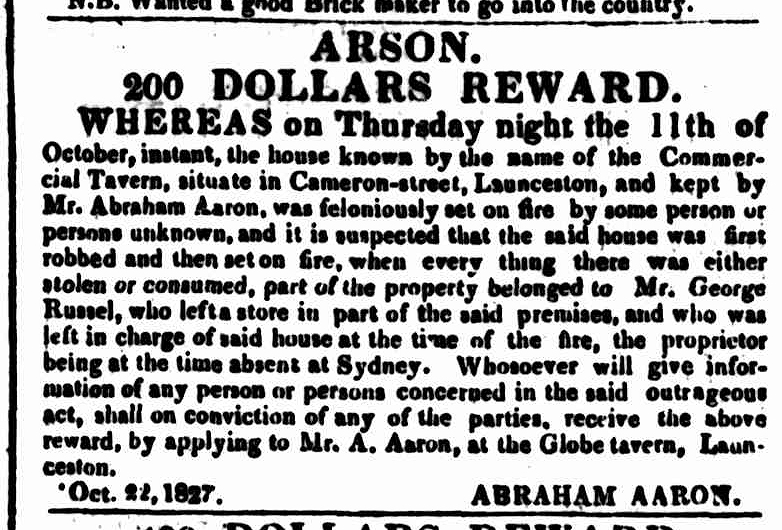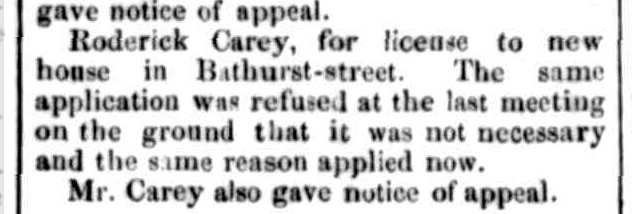There were at least three buildings licensed as the Plough Inn. William Field, one of the first hoteliers in Launceston, had a Plough Inn in Brisbane St in the 1820s. After that, until 1864, the Plough Inn was in Charles St, where it was the terminus for coaching services. After the Plough ceased operating, the name was transferred to the Turf Hotel, on the corner of Patterson & Charles St, which at the time was in the hands of Walter Harris, a previous licensee of the Charles & York property.
1823 William Field
1824 William Field, Plough
1826 William Field, Plough
1827 William Field, Plough, Brisbane St
1829 William Field, Plough, Brisbane St
During 1823 and 1824 licenses were granted to W. Field and Nat Lucas, the former being host of the Plough Inn, and; the latter of the Hope and Anchor. The original Plough Inn occupied by W. Field, was at the corner of York and Charles streets, and was subsequently re-named the Bull’s Head. At that time (1823) the Hobart Town-road used to wind out of Brisbane-Street, where is now Roles and Jones’s establishment, through Howe and Wiggins’s to the corner of Wellington and Elizabeth streets. The Plough Inn that stood on a site now included in the establishment of Messrs. W. Hart and son was built by Richard Lawson, a district constable.
The Tasmanian, 2 February 1889
From a lecture by Mr E. Whitfield. 1897:
In 1820 came the first public house, “The Black Swan,” kept by G. Burgess, corner of Brisbane and Wellington streets. Then came in 1823 the Launceston, the Plough Inn, kept by W. Field, where Hart and Sons are now, and the Hope and Anchor, kept by Nat. Lucas. The Launceston Hotel, was built by Richard White, familiarly known as “Dicky White.”
Launceston Examiner, 6 February 1897
York & Charles Street and “where Hart and Sons are now” are the location of the second establishment to use the name Plough Inn.
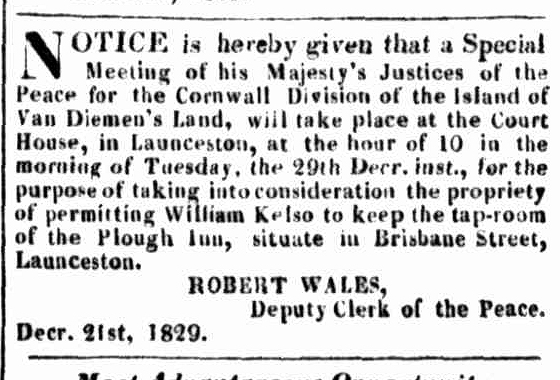
Launceston Advertiser, 21 December 1829
